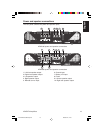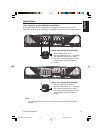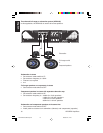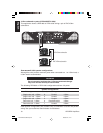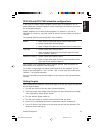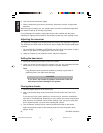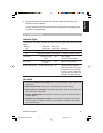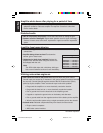
APX/DPX Amplifiers 21
English
4. Increase the volume and verify that the amplifier reproduces the audio at full
frequencies without distortion.
If you hear distortion check the connections and verify that the gain control is set
correctly. Another cause of distortion could be underpowered or damaged speak-
ers. Refer to Troubleshooting.
6. Troubleshooting
Indicator lights
The APX2180, APX4360, DPX1800 and DPX11500 have lights that indicate amplifier
status.
Blue top Red end- Blue end-
LED panel light panel light Meaning
on off off Amplifier running normally
on alternating between red and blue In thermal protection mode
slow blink slow out-of-sync off Over voltage;
blink reduce the input voltage
quick blink quick in-sync off Short circuit protection
blink
3 blinks, then pause 3 blinks, then pause off Repeated shorts detected;
remove the short circuit, wait
5 minutes for error condition
to clear; or clear condition by
removing the main power, for
example, by pulling the fuse.
No Audio
• Low or no remote turn-on voltage: check remote connections at the amplifier and
source unit.
• Blown amplifier fuse: replace with a new fast-blow fuse (same rating).
• Power wires not connected: check battery and ground wiring at the amplifier and
check the battery connections.
• Speaker leads shorted: check speaker continuity to ground; it should not show a
common ground.
• Speakers not connected or are blown: check speaker connections at the ampli-
fier and measure at speakers. Measure coil impedance at amplifier with speaker
wires disconnected.
APX-DPXOwnersManual.pmd 2006-03-14, 21:4721



